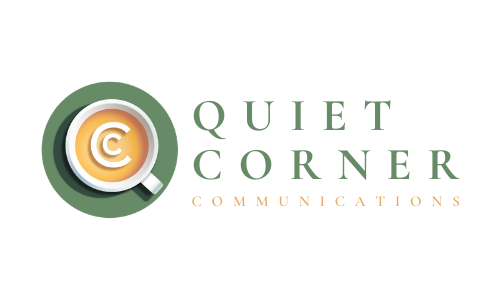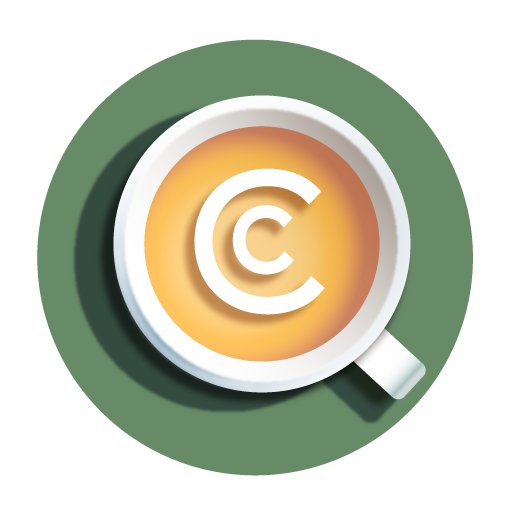The Tea: Work from Home Apps That Give Us Life
I’ve been working from home for a decade, but if I’m being honest, I’ve only fully embraced the applications that make work easier within the last year or two. Much of this has been driven by clients. They have the places they like to work and as freelancers, it’s incumbent upon us to learn those systems and work within them. But, I’m here to tell you, they are not all created equal. Some apps seem unnecessarily complex or, conversely, like they’re missing features. Over time, winners have begun to emerge and we are here to tell you which of these apps are worth it!
Rebecca made this with one of our favorite apps!
Slack
This is a no-brainer. Slack has been a staple for companies — especially those with a big remote workforce — for years. Every time I listen to a Slate podcast (and I do that a lot) it seems like someone says the words “in our Slate Slack channel!” Slack started out as a messaging app — think private chat rooms — but now has all kinds of integrations and even lets you make calls within the app, send files, and more. Not only do we use it at Quiet Corner Communications to chat with each other, but I am personally in no less than six clients’ Slack channels. It cuts down on emails and phone calls, for which I am forever grateful. Slack may be an obvious choice for this kind of list, but frankly, our article would be incomplete with out this truly useful tool.
Asana
There is no shortage of project management apps, and I’ve been able to test most of them thanks to clients. I’ve used some more than others — some, it seems, even the clients eventually abandoned — but if you’re looking for an app to help you manage projects, I’d recommend Asana. Sometimes I tend to find apps that do too much a bit overwhelming — especially when it results in a busy or muddy workflow and my head starts to hurt from looking at all the buttons and options. But once you understand what Asana can do (and how to use it), it will save your sanity.
I’ve built editorial calendars and email calendars in Asana, but my absolute favorite thing to do is to build a task with multiple subtasks with dependencies. So, for instance, if I’m working on an email campaign I can create one main task, with subtasks for each email which, in turn, have subtasks of their own. I can make individual tasks dependent on another task — which means that if you’re a designer waiting for me to write an email, you’ll be notified once I’ve completed the task so that you can begin. And when you’ve completed your design task, it then triggers my “Proof” task. It soothes this control freak’s heart. (You can even integrate it with Slack so you get notified when you have a new task!)
Shift
We all know that “there’s an app for that” but my absolute favorite app is the app that rounds up and controls all my other apps! Not only am I in six Slack channels, but I’m also in multiple Asanas and have six email inboxes I need to monitor. Monitoring all of these can feel impossible at times, especially when you’re switching back and forth between Outlook accounts, having to sign in or out, or prove who you are (Gmail makes this much easier, in my opinion). Asana doesn’t even have a native app for my Mac which means you end up having multiple tabs open in your web browser. (And who needs more of that?) Sure, you can send them all to your phone or your Mac email client but those interfaces leave a little something to be desired for me.
And then I broke down and tried Shift, which allows me to keep all the email inboxes, Slack channels, Asana accounts, Toggl time keepers, and even the one Trello board I’m still in, all in one easy to use interface. I switch back and forth seamlessly between my QCC email and my MobileGroove email and our Hootsuite account and multiple Asanas. The app tends to demand a lot from your computer but I like it enough that I’ve considered buying a new computer just to better accommodate it. What higher praise can there be?
Canva
Need to design a logo, an email header, a Facebook cover photo, or an animated ad for LinkedIn? Then you need Canva, which makes design easy for a reasonable price. I’ll admit, this is mostly Rebecca’s territory but I do enjoy my time fussing around in Canva — even if I do get very confused about the organizational side of things. Rebecca is constantly having to ask me if I created something in our shared folder — and the answer is usually no. Whatever the drawbacks may be (and I am fully willing to admit I may be the problem), it sure beats shelling out big bucks for Adobe when you have fairly limited requirements.


